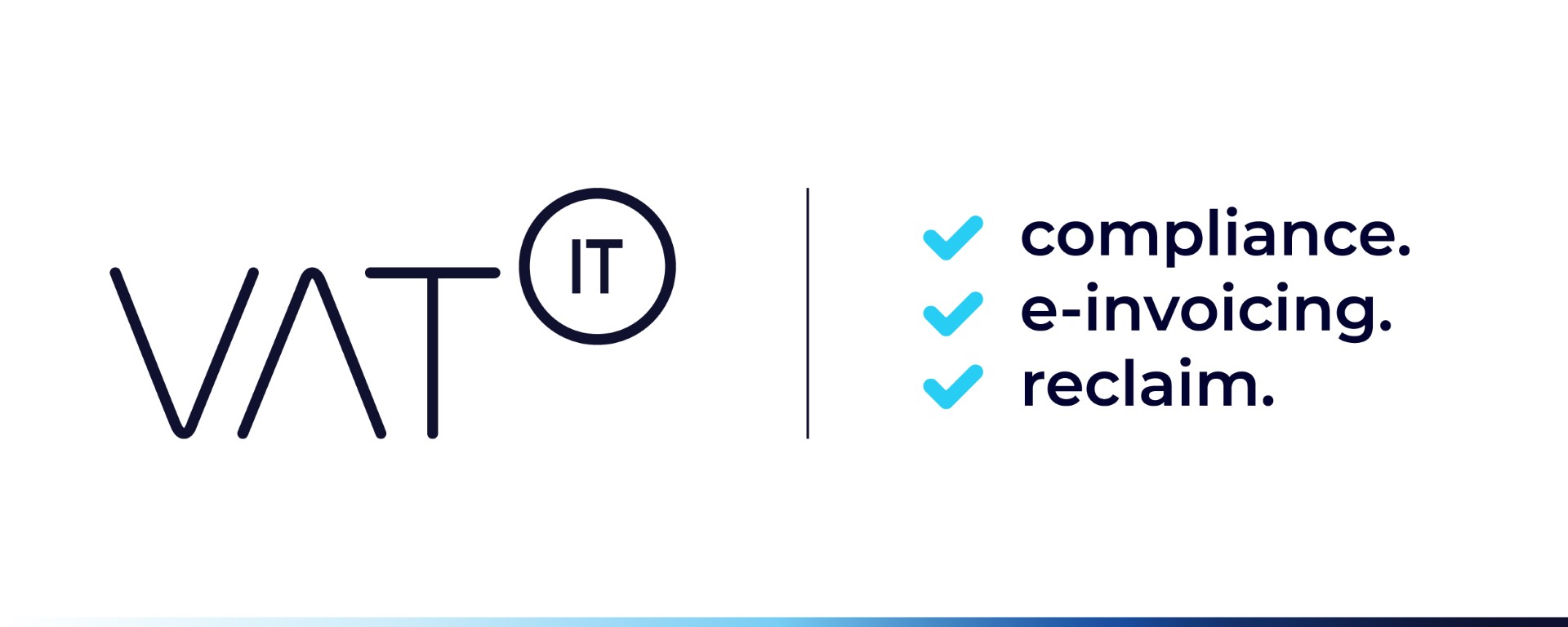Simplified Rate Structure
- New standard rates:
- 18% for most goods and services
- 5% for essentials and select categories
- 40% “sin tax” on items like tobacco, replacing the previous 28% top rate
️ Consumer Impact
- Goods previously taxed at 12% (e.g., processed foods, garments, hotels) will drop to 5%
- Expected to reduce inflation and ease the tax burden
️ Structural Improvements
- Fixes to inverted duty structures to streamline refunds
- Clearer classification of goods/services to reduce disputes
- Greater policy certainty for businesses
Compliance Simplification
- Easier registration for businesses
- Pre-filled GST returns to reduce admin work
- Faster refunds for exporters and SMEs
Click on the logo to visit the website
Summary of GST Reforms in India: New Rates, Slabs, and Key Changes in 2025
- Simplification of GST Structure: India is set to implement significant GST reforms by September 22, 2025, aiming to simplify the tax structure by reducing the number of GST slabs to two main rates of 5% and 18%. The current 12% and 28% slabs will be removed, with a new 40% rate introduced for luxury and sin goods. This reform is expected to lower the tax burden on essential items, packaged food, electronics, and insurance, thereby boosting consumer affordability and encouraging economic growth.
- Focus Areas of Reform: The reforms are anchored on three key pillars: structural reforms to correct inverted duty structures and enhance compliance; rate rationalization to lower taxes on essential and aspirational goods; and improved ease of doing business through initiatives like smoother registration processes, pre-filled GST returns, and faster refunds for exporters. These changes are designed to empower micro, small, and medium enterprises (MSMEs) and stimulate economic activity.
- Impact on Consumers and Businesses: The anticipated changes are expected to enhance purchasing power for consumers by making essential goods more affordable and improving demand in various sectors, including consumer durables. For businesses, particularly MSMEs, the reforms aim to reduce compliance burdens and operational costs, thereby promoting formalization in the unorganised sector and expanding the tax base. Overall, the GST reforms are positioned to transform the tax landscape in India, contributing to a more efficient, transparent, and growth-oriented economic environment.
Source Cleartax
India Introduces GST 2.0 with Simplified Two-Slab Tax Structure
- India is implementing major GST reforms called GST 2.0 that simplify the tax structure from four slabs to just two rates of 5% and 18%, removing the previous 12% and 28% categories
- The reforms aim to reduce classification disputes, compliance complexities, and inefficiencies while improving cash flow for businesses through uniform rates and faster refunds, with full implementation expected by September 2025
- Primary beneficiaries include average citizens, farmers, small traders, and labor intensive industries who will experience reduced costs on essentials, machinery, and inputs leading to increased disposable income and productivity
- FMCG and daily essentials see significant rate reductions to 5% on items like personal care products, food items, and kitchenware, with some products like UHT milk receiving nil rates
- Agriculture and healthcare sectors receive substantial relief with 5% rates on farming equipment and fertilizers, plus nil tax rates on life insurance policies and lifesaving medicines
Source: global.ecovis.com
Latest Posts in "India"
- AAR Rules GST Applies to Small Packaged Shrimp Exports, Citing Retail Packaging Criteria
- Supreme Court to Decide if Leasehold Rights Transfer is Taxable Under GST Law
- Only Entity Named as Exporter in Customs Documents Can Claim Service Tax Refund: CESTAT
- CESTAT: Testing Services to Foreign Clients Qualify as ‘Export of Services’ under FTDR Act
- CESTAT Rules Dell India’s Services to Foreign Affiliates Qualify as Export, Allows Appeal
















